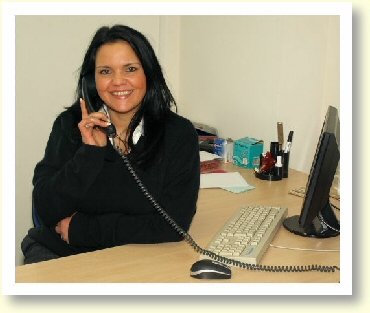Paula is currently managing THOMAS Witton Bank
A trained psychotherapist and counsellor.
 Paula is currently studying for a degree at Blackburn University in Public Service Management. Her own Recovery from illicit drugs as gifted her with the ability to empathize with others.
Paula is currently studying for a degree at Blackburn University in Public Service Management. Her own Recovery from illicit drugs as gifted her with the ability to empathize with others.
I have worked in drug services for 12 years this kind of work has educated me to understand how harm reduction works and prescribing. I have worked in rehabs and within Substance Misuse Services NHS.
One thing I have learnt is that much of society is still in the dark ages when treating people with offending behaviour and drug problems. Prison is not always the best way to treat these people who have often come from disadvantaged back grounds. I am not saying that everyone with addictions and offending behaviour is from a troubled past but nine times out of ten this is usually the root cause of psychological and behavioural problems. Prison should be used as a last resort after all treatment options have failed.
Through my own experience as a professional, I have noted that services have money allocated for rehab but staff is usually to busy to assess individuals for rehab. Prescriptions of methadone are dispensed because it is easier and quicker. The cycle goes on prison, crime, poverty and cost.
The cost of rehabilitation is an estimated £12,000. Cost of prison £35,000 per year per offender. I went into rehab 12 years ago because my life had become unmanageable. With the constant use of heroin and crack cocaine my mind, body and spirit had taken enough. I had to hit rock bottom before I finally realized that drugs had made me become powerless. Powerless means having no power. Drugs had taken all my power. I had no power over my morals and I hurt so many people.
I needed help but the methadone wasn’t helping me recover. I was using on top of my methadone and the compulsion to use illicit drugs was so powerful. I needed a miracle but who could help me now?
Going into rehabilitation saved my life and this statement is so true. Despite rehab saving my life the pathway into rehab was not made easy. I was assessed several times by services and I missed various appointments because the relapse triggers in the community were so powerful. The intention to get clean was there but if you sit in a barbers for long enough you will get a haircut.
Services should be better educated in managing addiction. Ask me to show motivation in the community? This was in fact mission impossible for me. Some addicts need to be rescued from the community. A safe place in rehabilitation away from drugs and crime saved my life.
I am so grateful to the tax payers who funded my rehabilitation. I never had a normal functioning Mum and Dad so I would never have got the opportunity to afford rehab. I grew up in poverty so I was disadvantaged from the start.
Today I am employed by THOMAS to manage our 21 bedded rehabilitation centre. I do pay my taxes every month and I contribute to my community. I volunteer at my daughter’s school and these days I can honestly say that I am a constructive member of society. Giving something back keeps me connected to self.
I like to think of rehab as a bridge back into a community. My responsibility is to create a safe environment for these people to be nurtured. I call them people because these addicted offenders are real people just like you and me.
The 2010 drug strategy sets out a ‘fundamentally different’ approach to tackling drug use and supporting recovery with more responsibility on individuals to seek help to overcome dependency. The governments ambition is to ‘offer every support for people to choose recovery’, (Home Secretary Theresa May) rather than the focus be on harm reduction.
The government is to introduce 6 payment by results pilots this year to provide evidence of affordability and value for money, and a reduction in bureaucracy will be fundamental with all areas encouraged to set up a single point of assessment and referral system. It is imperative that local authorities and communities are fully engaged in supporting the strategy. The strategy is encouraging in terms of the shift of focus to be placed upon recovery.
However the strategy is doomed to fail without action to tackle stigma. Getting serious about stigma calls for training and work force development to improve knowledge of drug related issues to health care professionals, action to tackle stigma and better use of government communications and the media to highlight the harm of stigmatization.
I will always be passionate about recovery and for those out there still contemplating recovery? If I can do recovery so can you
It will be a life beyond your wildest dreams.